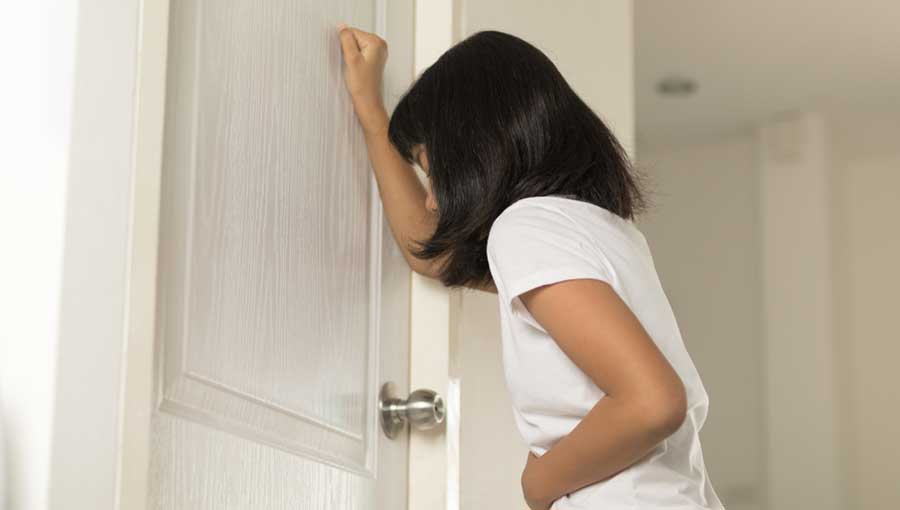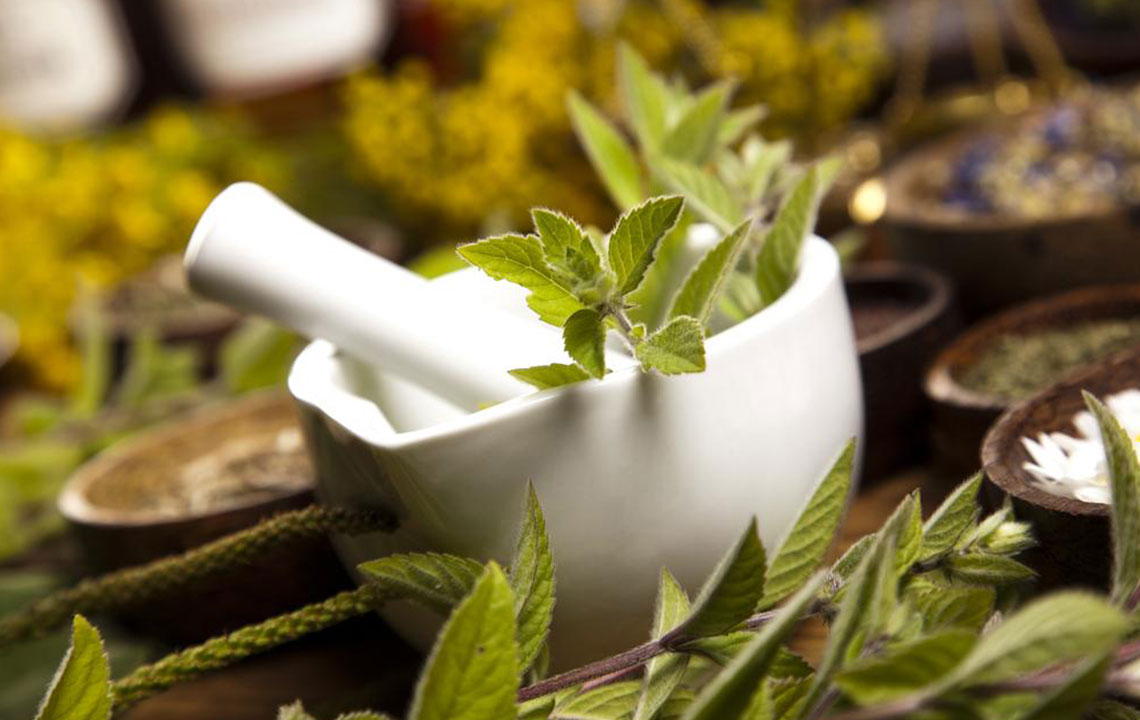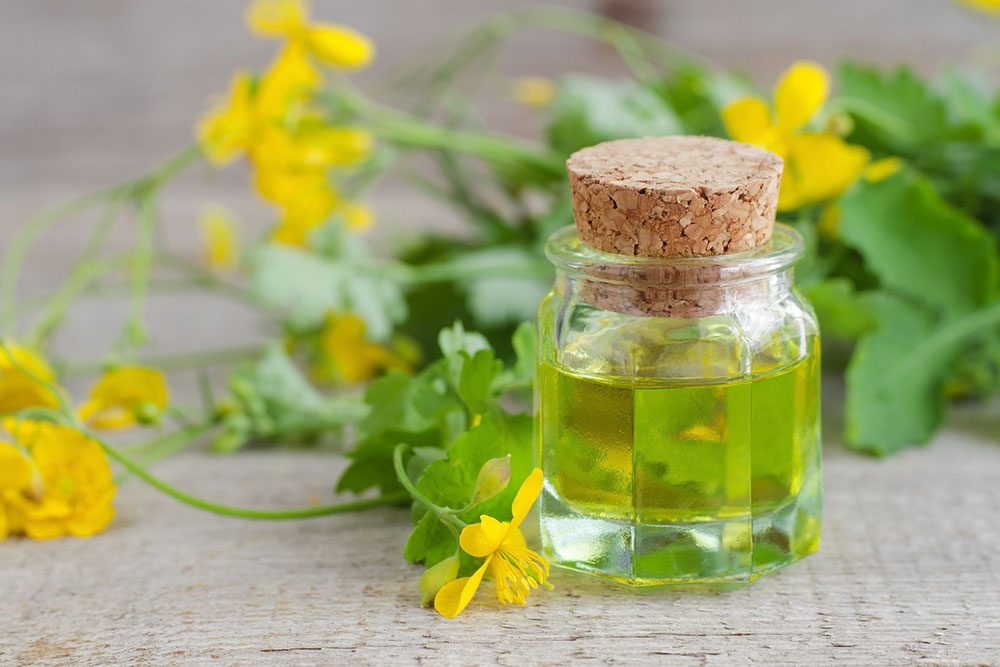Comprehensive Home Approaches to Relieve Discomfort in the Lower Rib Cage
Learn effective home strategies to alleviate lower rib cage discomfort. This comprehensive guide covers diet, hydration, herbs, and lifestyle tips that support recovery. Persistent pain should be evaluated by a healthcare professional for proper diagnosis and treatment.

Comprehensive Home Approaches to Relieve Discomfort in the Lower Rib Cage
The rib cage plays a crucial role in protecting vital organs within the thoracic cavity, including the heart, lungs, spleen, pancreas, stomach, and kidneys. Discomfort or pain in the lower rib area can stem from various causes such as injuries, inflammation, or infections affecting these organs. Proper diagnosis by a healthcare provider is essential for effective treatment, but many individuals can manage symptoms at home with appropriate strategies. If persistent or severe pain occurs, seeking medical advice is vital to prevent complications. This article explores effective home remedies and lifestyle modifications to help alleviate lower rib cage discomfort and promote recovery.
Maintain a nutritious and balanced diet – Incorporate a variety of fruits, vegetables, whole grains, and lean protein sources into your daily meals. Such a diet supports immune health and overall wellness, which can help the body recover more effectively from discomfort. Eating slowly and mindfully aids digestion and reduces stress on the gastrointestinal system, which may contribute to rib pain if digestive issues are involved. During episodes of pain, avoid greasy, fried foods, carbonated drinks, and sugary snacks, as these can exacerbate inflammation and discomfort.
Ensure sufficient Vitamin D intake – Adequate vitamin D levels are linked to better immune function and overall health. Incorporate fatty fish like salmon, mackerel, or sardines into your diet, or consider vitamin D supplements after consulting with a healthcare provider. Spending about 15 minutes daily in sunlight, without sunscreen, can naturally boost vitamin D synthesis in the skin, supporting immune health and potentially reducing inflammation that contributes to pain.
Stay well-hydrated – Drinking at least 8 glasses of water daily helps flush out toxins, supports metabolic processes, and keeps tissues healthy. Proper hydration is essential for reducing muscle stiffness, promoting healing, and alleviating pain in the lower rib area. Avoid excessive caffeine and alcohol, which can dehydrate the body.
Incorporate anti-inflammatory herbs and spices – Using ginger and turmeric regularly in your meals or teas can provide anti-inflammatory and antioxidant benefits. Ginger, known for its antibacterial properties, can be consumed as ginger tea with lemon and honey. Turmeric contains curcumin, which has been shown to reduce inflammation and support immune health. Adding these to your diet may help alleviate discomfort associated with inflammation or injury.
Utilize herbal remedies – Herbal supplements like cat’s claw, arnica, and willow bark are known for their anti-inflammatory and pain-relieving properties. Always consult a healthcare professional before starting any herbal regimen, especially if you are on medication or have underlying health conditions. These herbs can support healing, reduce swelling, and alleviate pain when used appropriately.
While these home remedies can provide relief for lower rib cage discomfort, it is important to seek medical attention if pain persists, worsens, or is accompanied by other symptoms such as shortness of breath, fever, or chest pain. Accurate diagnosis and appropriate treatment from healthcare professionals are vital to address any underlying causes effectively and prevent potential complications.





